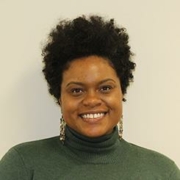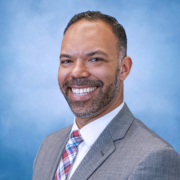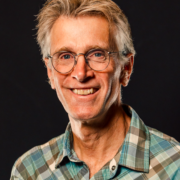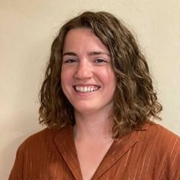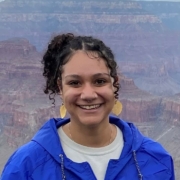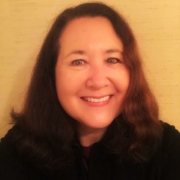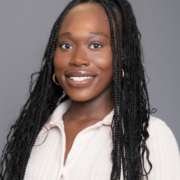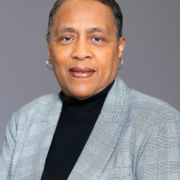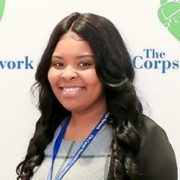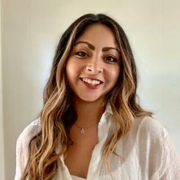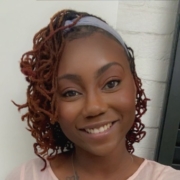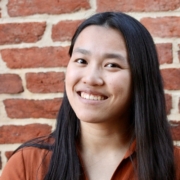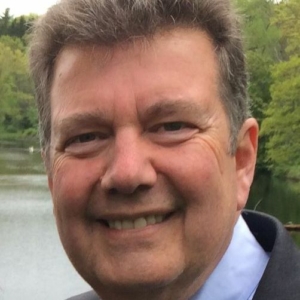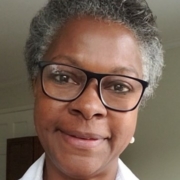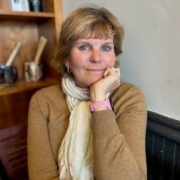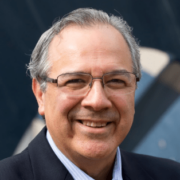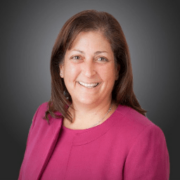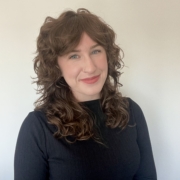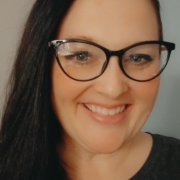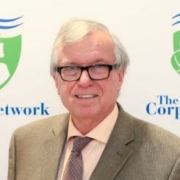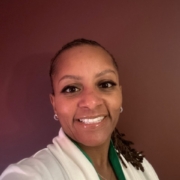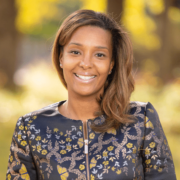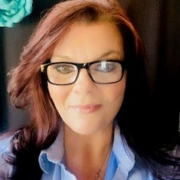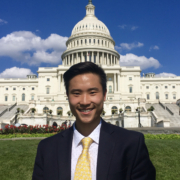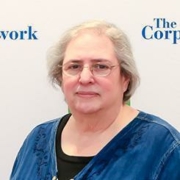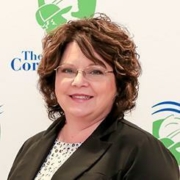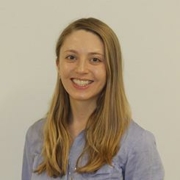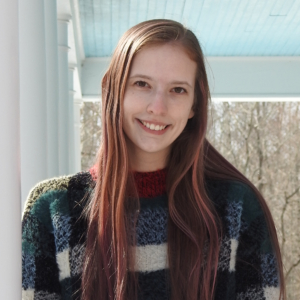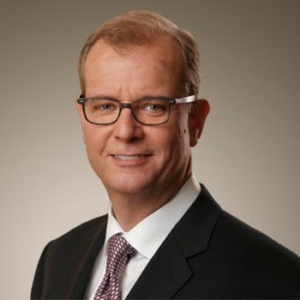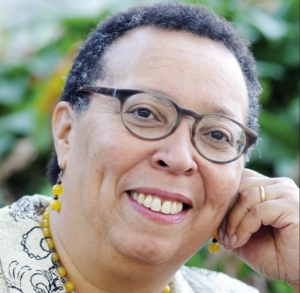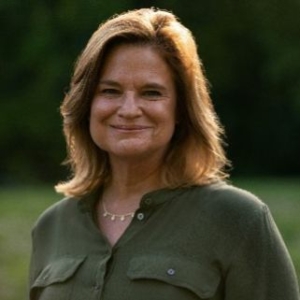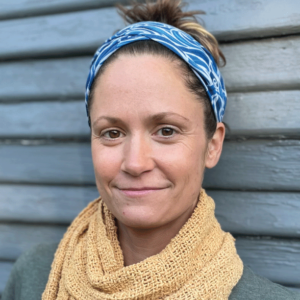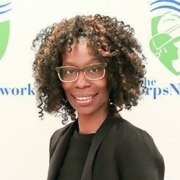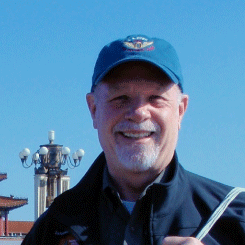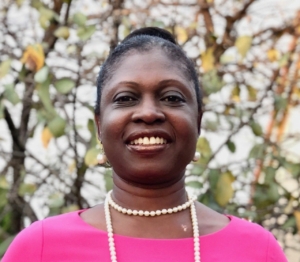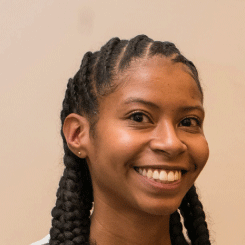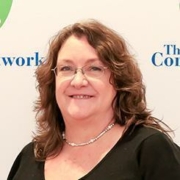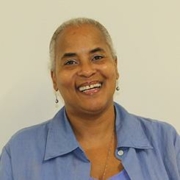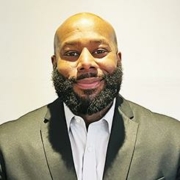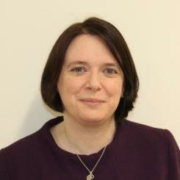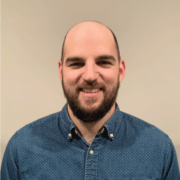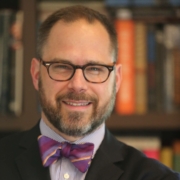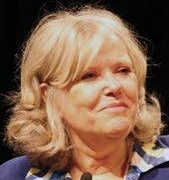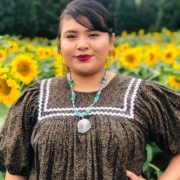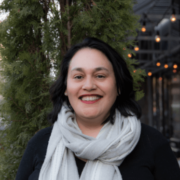
Article, written by Katherine Boyk, appears on MCC KCrew Blog. Published June 22, 2014.
In early May I find myself on Brainard Ranch, north of Belgrade. I say that I find myself here because until this moment, I have not quite realized what I have gotten into. For just now, more than a dozen school buses are delivering over 300 fourth graders to the Gallatin Valley Agricultural Committee’s Farm Fair, where they will spend the day learning about many aspects agriculture from all sorts of experts—including me.
Standing on the damp ground, surrounded by our maps and models, I suddenly realize that I have no idea what to say to these kids.
I’m not an educator. I don’t know how to deliver a lesson, how to engage students, how much fourth graders understand about water. For that matter, my expertise of watersheds began only in January, when I started my term as a Big Sky Watershed Corps Member. And yet here I am, entrusted to deliver a meaningful, professional lesson on the water cycle to all of these students.
Luckily, I’m not here alone. Rose Vallor, and environmental educator and Board Member of the Greater Gallatin Watershed Council, my BSWC host site, is my co-leader at the water cycle station. I let Rose give the first lesson. I study what she does, how she engages students with questions, how she connects to their prior knowledge.
The next group parades in to our booth, and it is my turn to lead the surface water model. I sprinkle several colors of Kool-Aid powder, representing different types of pollutants, on to the plastic landscape and use a spray bottle to simulate rain. The students are thrilled by the demonstration: the red and green water, the gross idea of dog poop washing into streams and lakes.
And I am excited to find that the students are thoughtful and interested as we discuss how pollution from yards, farm fields, roads, and factories can drain to waterways and as we brainstorm actions to keep the water clean.
Rose demonstrates the groundwater flow model to explain how water moves underground. She uses food dye to show how pollution from leaky underground storage tanks can flow into wells and wetlands.
We give the same lesson sixteen times in five hours. And this is only day one of three. Over 1,000 students from school districts including Bozeman, Belgrade, Manhattan, Four Corners, and Church Hill will be attending this year’s Farm Fair.
The next day, I am joined by fellow Big Sky Watershed Corps Members Cecilia Welch (Park Conservation District) and Brandin Krempasky (Blue Water Task Force). As the first class files in, Ceci and Brandin have the same overwhelmed look that I felt the day before. I take the lead on the first lesson, and for the rest of the day the three of us work together.
It is fun to spend time with the students and rewarding to teach them about the importance of keeping water clean. But still, I wonder how much the students are learning from the brief lesson. We are talking about big concepts like watersheds, erosion, surface run-off, groundwater, and best management practices—can fifteen minutes do justice to these topics? And is our station on the water cycle being lost in the excitement of milking cows, petting horses, making ice cream, and going on hay rides?
Later in the month, I get the chance to answer these questions when I follow-up with three of the classes who attended Farm Fair. I’ve been asked to give a lesson about water pollution to the fourth graders at Emily Dickinson Elementary in Bozeman. This time, I’m on my own to prepare and deliver the lesson.
As soon as I walk into the classroom, one girl exclaims, “I know you, you were at Farm Fair!” I’m surprised that she remembers me (though, as I’m a redhead, I seem to be easily remembered) but even more impressed by how much the students remember of the hurried lesson on the cold day several weeks ago.
They can articulate the definition of a watershed—a concept many adults have a hard time understanding—and excitedly reiterate the highlights of the surface water and groundwater pollution demonstrations. They even remember that red Kool-Aid represented road salt and that coffee grounds were eroding soil.
All I have to do is ask probing questions and the students are able to figure out many of the lesson’s concepts. We talk about point-source and non-point-source pollution and how pollutants accumulate as water moves downstream. We create another list of ways to keep our water clean. The students do an activity, drawing houses and theme parks and castles along a paper river and brainstorming the sorts of pollution that could come from each site and how to reduce these sources.
I still feel unsure of myself as a teacher, uncertain of how to deliver the most effective lesson. I struggle to regain the students’ attention when they start talking over one another and when they become absorbed in perfecting their drawings. I have a new-found respect for the teachers who do this every day—I am exhausted after two hours.
As I leave the school, I sense that we have all received a lesson. The fourth-graders learned about the watershed, and I learned some of the basics of teaching. I discovered new strengths and weaknesses in myself and found joy in sharing my passion for environmental stewardship with these perceptive children.
And really, this is why I became AmeriCorps Member—to both provide service to the community and to learn and grow as a person and a professional. Thank you to the fourth graders for giving me this opportunity and sharing your enthusiasm for learning with me.


